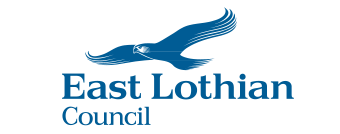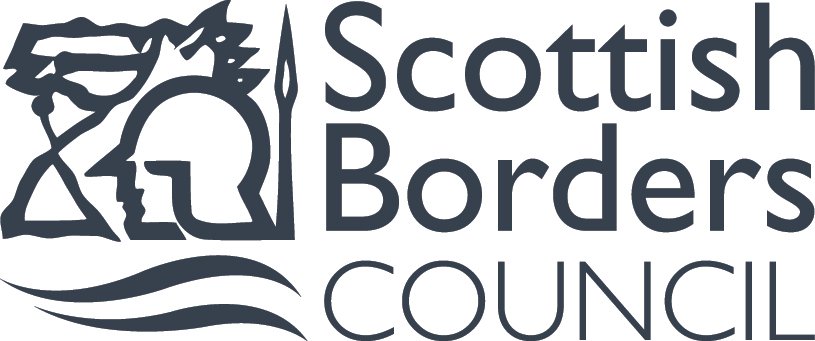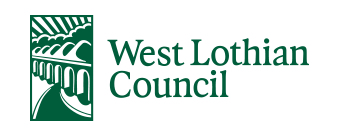Community Wealth Building has been a central pillar of the ESESCRD, with the ethos embedded across all projects, including the Edinburgh Innovation Hub, ensuring that investment delivers long-lasting benefits for our businesses, communities and people.
Community Wealth Building is a progressive economic model with a people-centred approach, which redirects wealth back into the local economy through various means including progressive procurement, fostering more social and environmentally-orientated businesses and co-ops, and fair employment including Real Living Wage employers and increased employment opportunities for local people and from priority groups.
QMU and East Lothian Council are recognised leaders in applying Community Wealth Building principles. QMU presented its approach as a national case study at the Local Government Improvement in Scotland conference in April 2025, while East Lothian Council has been cited by COSLA and the Scottish Government as an early adopter of the Community Wealth Building model. The joint venture to deliver the EIH is central to their shared work.
Mr McKee said: “The Edinburgh Innovation Hub at Queen Margaret University is a great example of how the Edinburgh and South East Scotland City Region Deal has embedded Community Wealth Building into investments made under the deal. To support further progress across Scotland, we have introduced a Community Wealth Building Bill to ensure that more wealth is retained in communities through fairer employment opportunities and the growth of local enterprises.”
Councillor Norman Hampshire, Leader of East Lothian Council, said: “The major investment in this project by the council and UK and Scottish Governments will help drive economic growth in our region and is already demonstrating significant and tangible benefits to our local communities, as the Minister heard today. I am delighted that the project, at its very early stages, has boosted local employment and local spend and has benefited our young people in work experience and placements and given a boost to important community groups and charities.”
Sir Paul Grice, Principal and Vice-Chancellor of QMU said: “QMU is proud to be at the forefront of the Community Wealth Building movement, and to be delivering the Edinburgh Innovation Hub in our joint venture with East Lothian Council. Along with driving inclusive economic development locally and nationally, the Hub will act as a gateway into QMU for businesses, increase opportunities at the University for industry-relevant research and knowledge exchange, promote an entrepreneurial culture, and increase the vibrancy of the area around the campus. The Hub is not just a new building, it is a new business.”
Cathal Heron, Regional Director of Heron Bros, said: “It’s been a privilege to help bring the Edinburgh Innovation Hub to life. From day one, we’ve worked hard to ensure the project delivers real benefits for the local community – not just through the building itself, but by creating jobs and supporting local businesses. We look forward to seeing the positive impact the Hub will have when it opens its doors.”
For more information on the ESESCRD Community Wealth Building and Benefits Portal please visit the website.
More information on the Edinburgh Innovation Hub is on the website.
For more information on East Lothian Council’s Community Wealth Building approach, visit our website.
For more information on Queen Margaret University’s Community Wealth Building approach, see its website.










